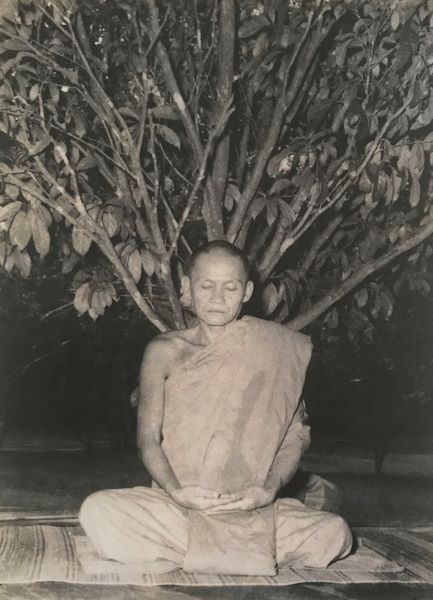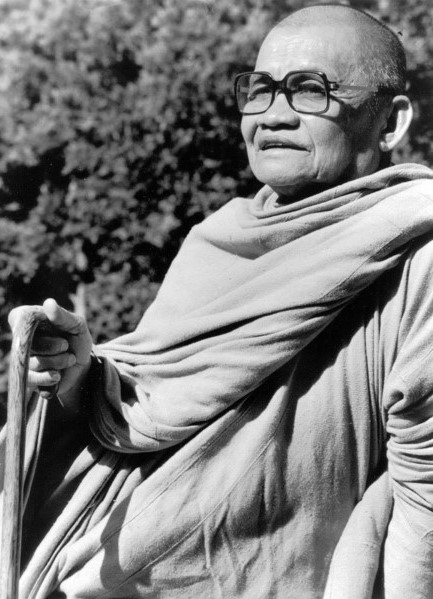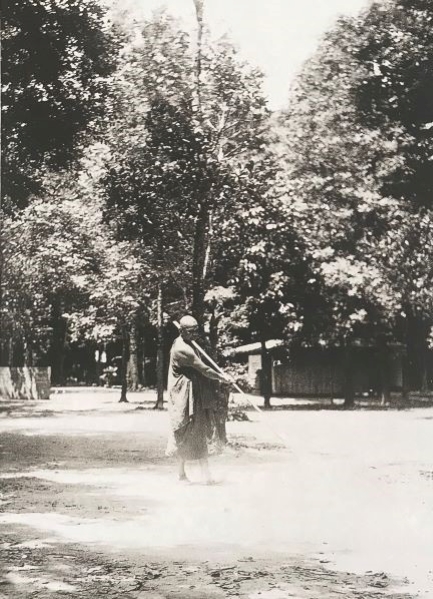The Thai Forest Tradition
Ajahn Chah
Ajahn Chah was part of a golden age of Buddhist masters that characterized Thailand during the 20th century with the emergence of the Thai Forest Tradition. Going out to the forests and wilderness expressed the Forest Tradition aspiration to renew the spirit of the Buddha’s search for enlightenment and called for a return to the principles of the life and practice that the Buddha lay down to his followers. This tradition produced a great number of impeccable and profoundly wise Buddhist masters, and one of the most eminent was Ajahn Chah.
Ajahn Chah’s life seems light-years distant from today’s ‘typical’ Israeli. What could a ‘simple Thai villager’ with only primary school education teach educated Westerners? How could his path, with its austere and special practices over a lengthy period of wandering in forests and remote areas, be relevant to our way of life in the capitalist society of the 21st century?
Slowly but surely, however, as we become familiar with Ajahn Chah’s path, the picture becomes clear. We discover an exceptionally gifted teacher. A teacher who transcended cultures and times, and was able to translate with exceptional wisdom, the path of the Buddha to our current world circumstances.
Through his uncomplicated and straight-forward manner, using readily known day-by-day examples, Ajahn Chah demonstrated the relevance of the teachings and the way in which they can be applied to our daily life and all circumstances. And at the same time, his teaching holds great depth and subtlety, which points and directs us towards the highest peaks of human potential.
About his life
Ajahn Chah was born on 17 June 1918 in a small village in the province of Ubon Ratchathani in northeast Thailand. As early as his childhood, he was attracted to the monastic way of life and at a young age he joined the local village monastery. In his youth he left the monastery to work on his family’s farmland but at the age of 20, he decided to return to monastic life and in April 1939 Ajahn Chah was fully ordained as a monk.
Ajahn Chah spent his first years as a monk in the traditional manner, mastering the Buddhist texts and the Pali language. In his fifth year as a monk, his father took ill and died shortly after. This was a very poignant reminder for Ajahn Chah regarding the fragility and tremendous value of human life. This event led him to deeply contemplate his spiritual journey, and even though he studied the scriptures in the most encompassing and in-depth way, it seemed to him that he was quite far from the direct understanding of the truths as spoken by the Buddha. Not long after that, in 1946, Ajahn Chah abandoned his training and departed for a quest to seek the true meaning and essence of the Buddhist path.
For a number of years, during which he wandered hundreds of kilometers by foot Ajahn Chah practiced with determination and integrity. He lived in secluded forests, barren countryside, and far-away caves. In keeping with the Forest Tradition, he adhered to the highest standards in both his conduct and meditation practice. During these years he spent time at several monasteries and met with renowned masters, the foremost being Ajahn Mun.
In 1954, following many years of wandering, Ajahn Chah was invited to return and settle near to his home village. In the morning hours of the ninth of March and accompanied by a number of students and lay followers, he arrived at the densely wild and mosquito-infested Pong Forest Despite the hardships of malaria, poor shelter, and sparse food, disciples gathered around him in increasing numbers. Over time, this forest would become a spiritual magnet for the Dhamma practitioners in Thailand and throughout the world – Wat Nong Pah Pong.
Within a short time Ajahn Chah’s extraordinary qualities attracted many Western disciples. After several years, he gave his consent to the founding of an international monastery practicing and teaching in English. The International Forest Monastery, Wat Pah Nanachat was founded in 1975 near the monastery of Ajahn Chah and has since grown into a thriving community of monks from all over the world.
Over the years, the International Forest Sangha under the guidance of Ajahn Sumedho, the first western disciple of Ajahn Chah, was invited to establish monasteries and centers around the world. Thus, Ajahn Chah’s tradition became a key factor in the evolution of Buddhist practice in the western world. Today, the international Forest Sangha thrives in many countries on a variety of continents – from Australia, through Europe, and to the Americas.

Early days of The International Forest Monastery in Thailand – Wat Pah Nanachat
In the early 1980s, Ajahn Chah’s health significantly declined. Within a few months he was unable to speak and gradually lost control of his limbs and later became bedridden. For almost a decade, he was nursed by his dedicated community of disciples who expressed their appreciation for the opportunity to assist and support their teacher who, with so much patience, love and compassion, guided countless disciples on their path
With the deterioration of his health, Ajahn Chah handed over the responsibility guidance of the community to his close disciple, the inspirational Ajahn Liem, who holds this responsibility to this present day.
Ajahn Chah passed away on 16, January, 1992.
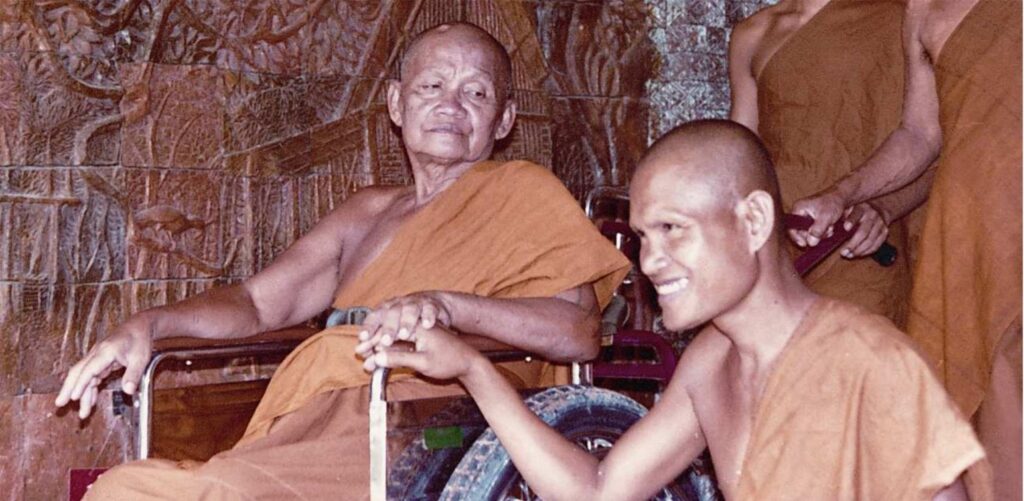
Ajahn Chah in the early stages of his illness, alongside Ajahn Liem

Ajahn Liem (center) with other monks during the construction of the main hall in the International Forest Monastery in Thailand (Wat Pha Nanachat)
The International Forest Community

Ajahn Chah’s unique personality and style of teaching had a profound influence on both the people of Thailand and foreigners alike. His monastery began to attract people from the West as early as the 1960s. The first of many was the American monk Ajahn Sumedho. After several years, Ajahn Chah accepted the invitation of local Thai supporters to establish an international monastery that was geared towards training and supporting the foreign English speaking Westerners that were continuously growing. The International Forest Monastery, Wat Pah Nanachat was founded in 1975 near the monastery of Ajahn Chah and has since grown into a thriving community of monks from all over the world. Over a period of time, the International Forest Sangha was invited to establish additional training centers throughout Thailand. One of these is the Poo Jom Gom Monastery, of which the Israeli monk Ajahn Sukhito, is the Abbot.

Venerable Ajahn Sumedho, Ajahn Chah’s first western disciple
In 1977 Ajahn Chah was invited to Britain to assess the possibility of establishing a locally resident monk community. Having noted the serious interest of local lay people in having a center of their own, Ajahn Chah left Ajahn Sumedho and a number of monks at a flat that was made available to them in London.
Two years later, in 1979, the monks moved to a permanent location outside of London, a site that eventually became the first Western Thai-tradition monastery – the Chithurst Monastery in Sussex. The International Forest Community of Ajahn Chah was subsequently invited to establish monasteries in countries worldwide, including Australia, New Zealand, Italy, Germany, Canada, Brazil, USA, Portugal, and Norway.
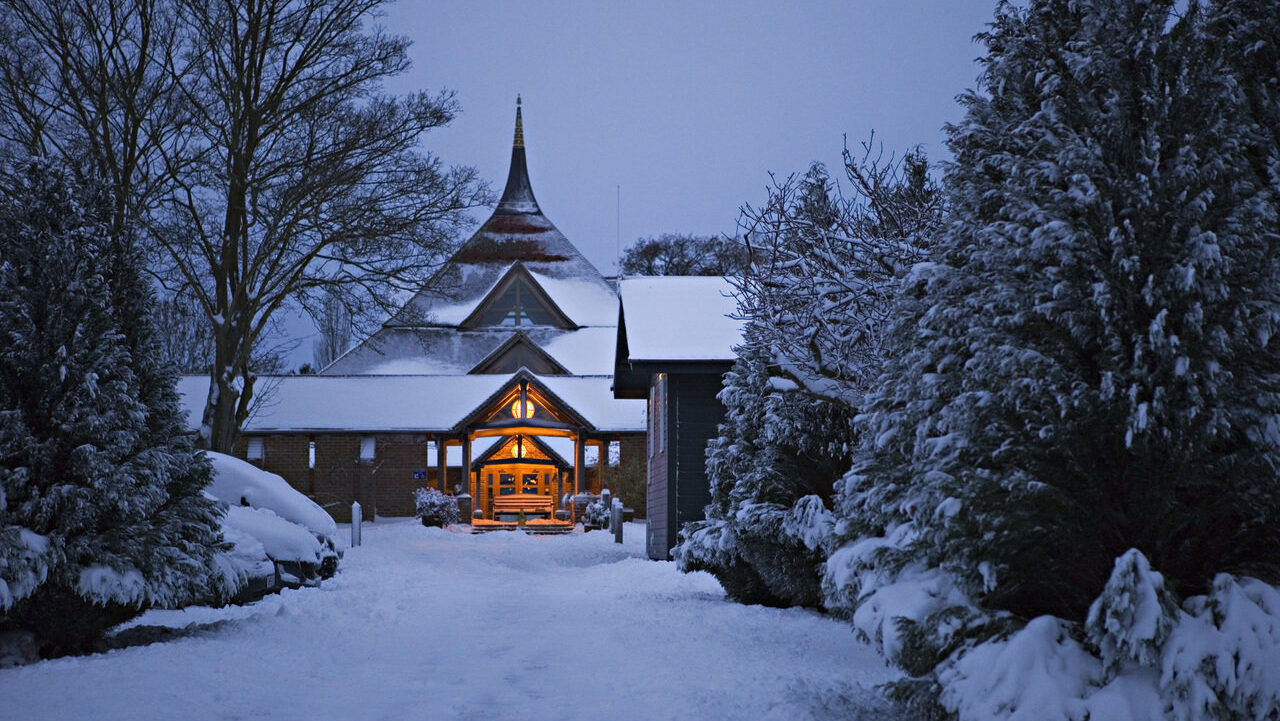
Amaravati Monastery near London
These monasteries are run independently and each has its own unique style which reflects the nature of the local community as well as the culture and the climate of the region. But aside from their diversity, all the monasteries adhere to the same principles in their practice in the spirit of Ajahn Chah, and they are careful to maintain the interpersonal relationships and mutual support within the tradition’s communities.

Construction work in Abhayagiri Monastery in North California
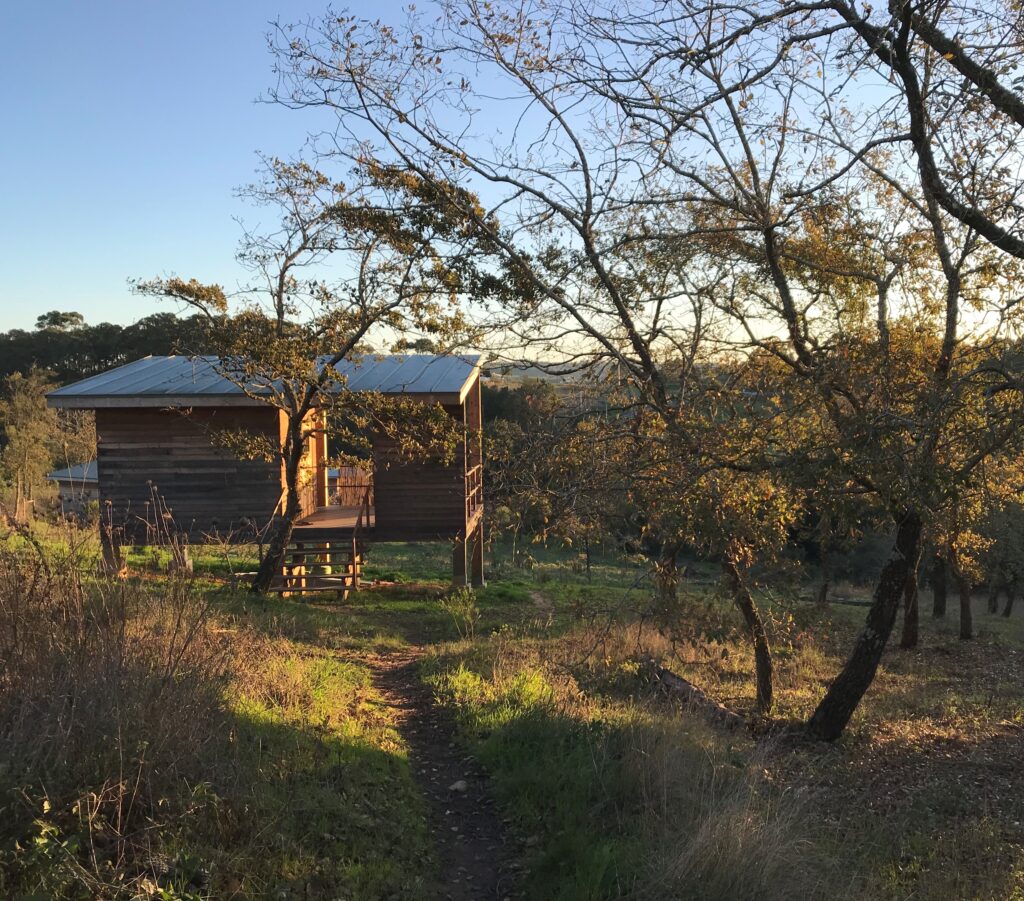
Dwellings in Sumedhārāma Monastery near Lisbon
Ajahn Sukhito
Ajahn Sukhito was born in Israel in 1970. After completing his army service he went on a long journey to the East, where he first encountered the teachings of the Buddha while traveling in North India. It was a defining moment in his life and following that, he began his training and practice in a variety of Buddhist traditions until he decided to join the Thai Forest tradition of Ajahn Chah. Since then and for the past three decades, he has primarily lived and practiced as a monk in Thailand.
Since 2012, Ajahn Sukhito has served as Abbot of one of the International Monasteries of Ajahn Chah – the Poo Jom Gom Monastery located in north-eastern Thailand.
In recognition of his profound experience and path, Ajahn Sukhito has been invited in recent years by a group of his students, to visit Israel in order to support and cultivate Dhamma practice locally. With his inspiration and support, ‘Gilad House’ was established and Appamada was formally registered.
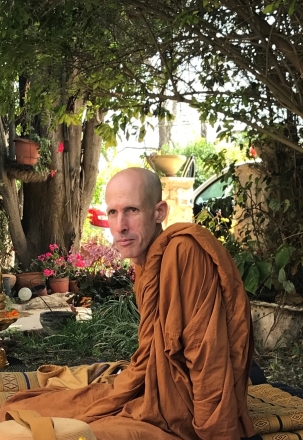
Links to the Tradition’s Websites
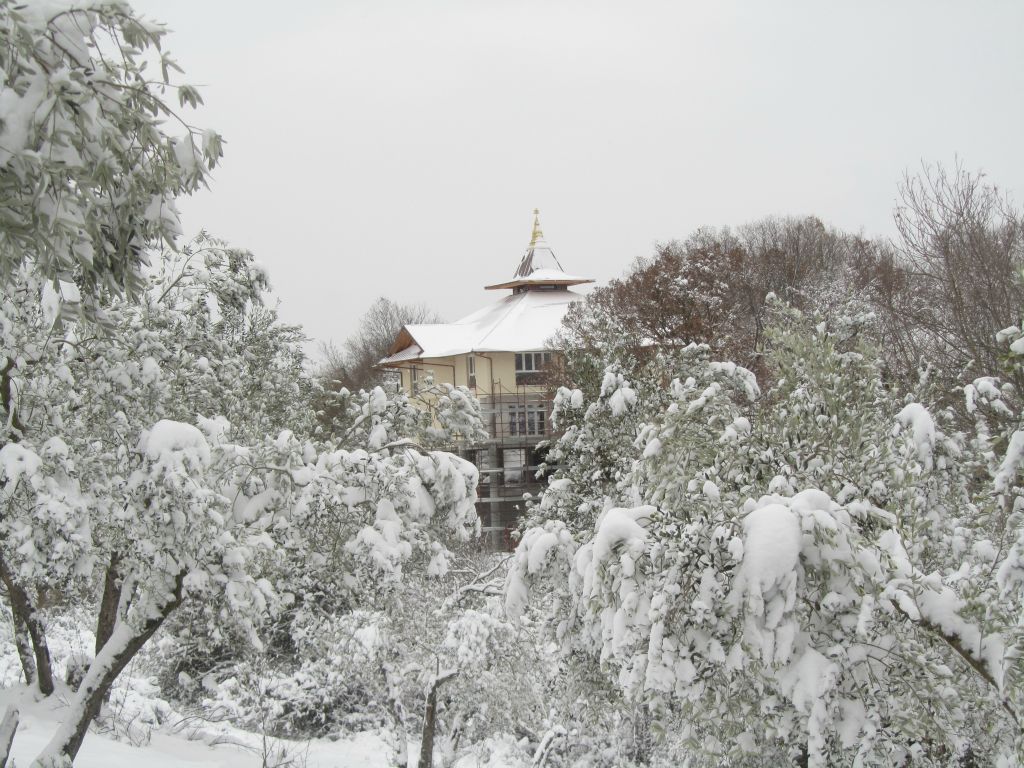
Santacittarāma Monastery near Rome, Italy
The International Forest Sangha
https://forestsangha.org
The International Forest Monastery in Thailand
http://www.watpahnanachat.org
Amaravati Monastery, near London, UK
https://www.amaravati.org
Abhayagiri Monastery, North California, USA
https://www.abhayagiri.org



